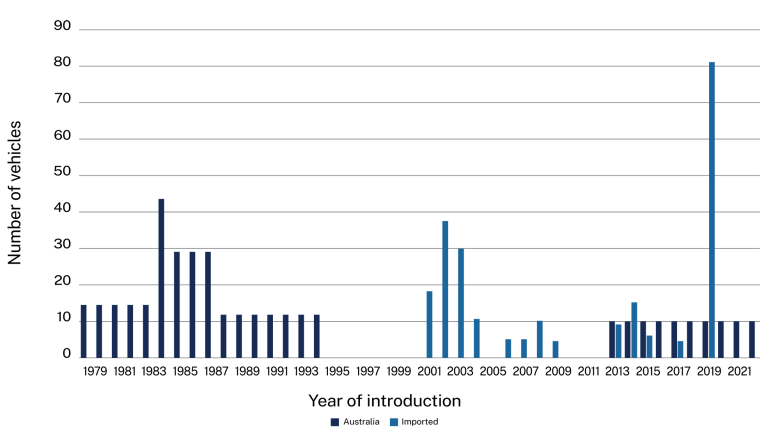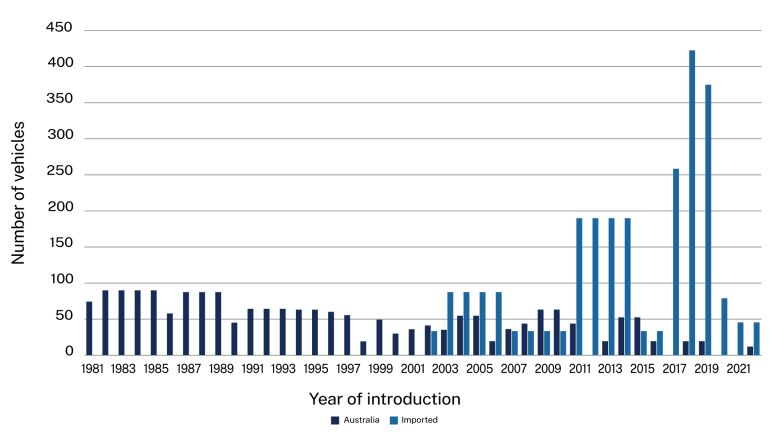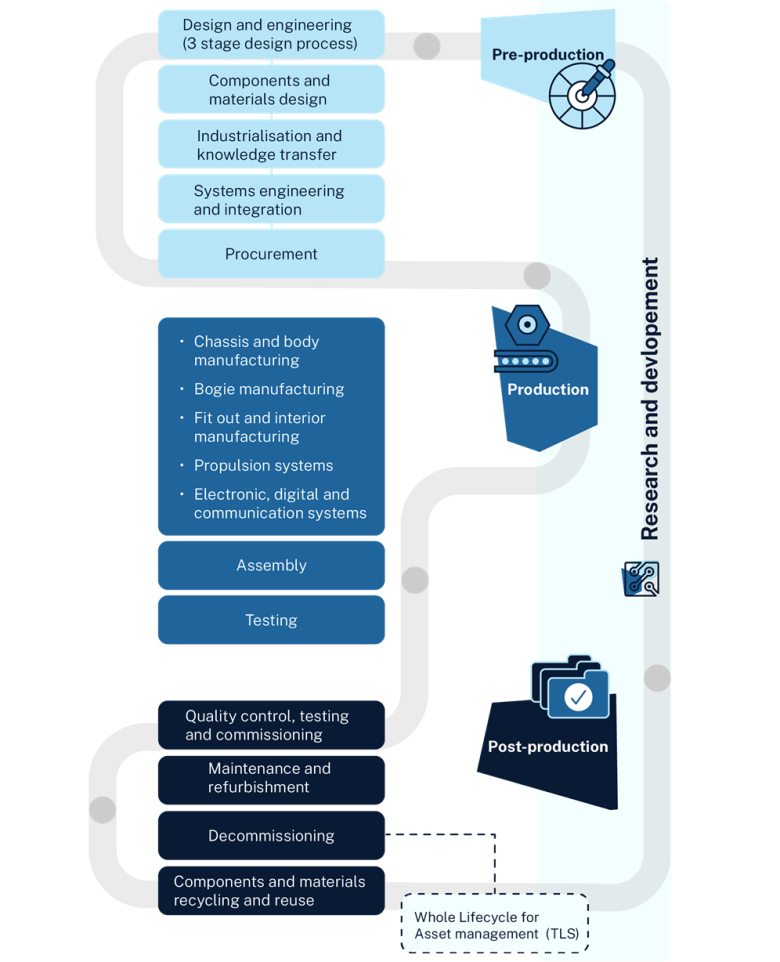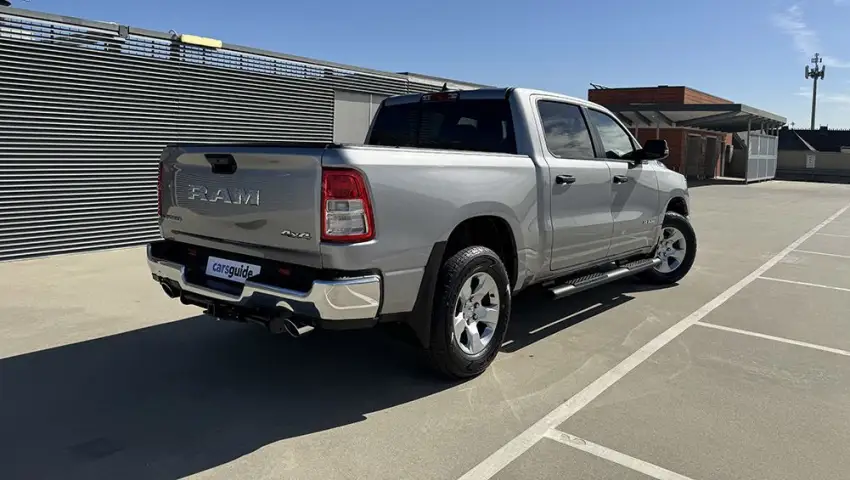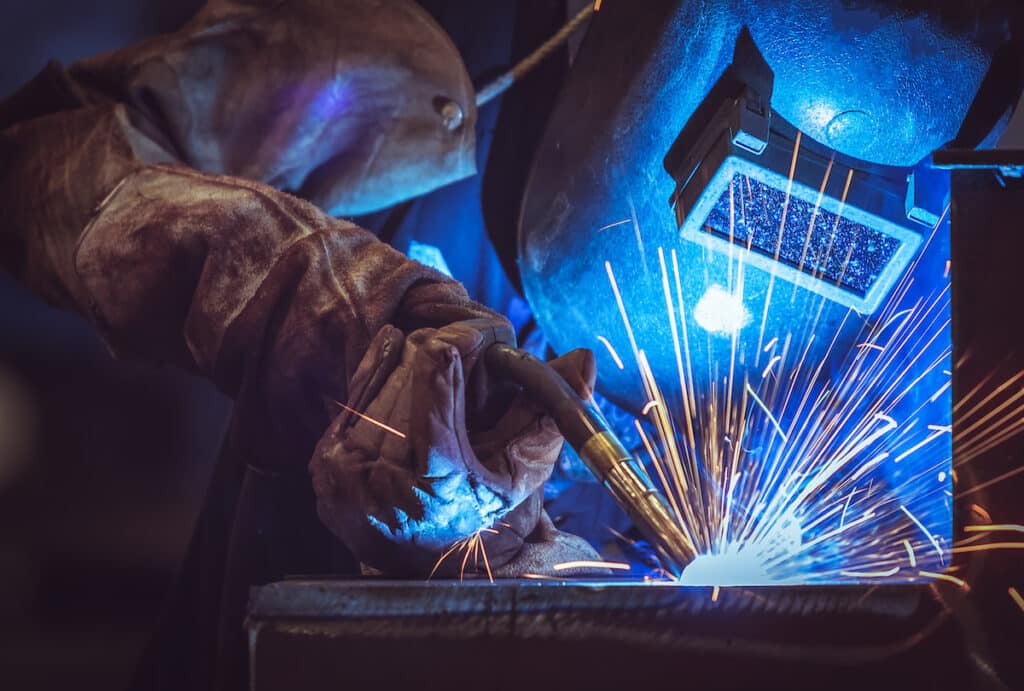Weld Australia’s 2024 survey highlights chronic work shortages and rising costs. Local content policies are needed to boost manufacturing capacity, technology investment, and global competitiveness.
Comment from Geoff Crittenden, CEO, Weld Australia
Weld Australia has released the results of its 2024 Member Survey. The findings demonstrate that Australia’s welding and fabrication industry is facing chronic work shortages, along with cost challenges amid rising prices of energy, materials and labour.
The Federal and state governments must commit to building sovereign manufacturing capability by legislating local content policy.
This will create a capacity mechanism that generates a clear, long-term signal for in the necessary technology, workforce, and equipment. With long-term demand a reality, local manufacturers will have the confidence to improve production efficiencies and global competitiveness.
Weld Australia’s 2024 Member Survey has revealed the key challenges facing Australian welding businesses. Distributed annually, the survey was completed by members across the country, which includes major players in the defence, power generation, mining, rail and infrastructure sectors.
The results show that half of welding workshops are currently operating at 80 per cent capacity or below. Almost 7 in 10 Weld Australia members say they have capacity for additional work or that their pipeline is drying up—overwhelmingly citing a lack of work (75 per cent). When asked what their main concern is right now, 21 per cent of business owners stated that a lack of work is what keeps them awake at night.
It’s no secret that Australian manufacturing has been suffering a slow decline for decades. Today, manufacturing is responsible for just 5 per cent of our GDP and only 5.4 per cent of total employment, despite its vital role in the Australian economy. For comparison, Canada – a similar economy to ours – has 1.7 million manufacturing workers where Australia has 47,500.
While this demise can be partially attributed to market forces, offshoring of manufacturing work that could be handled by the local industry is to blame. However, recent government initiatives present a once-in-a-generation opportunity to reinvigorate Australia’s manufacturing industry while supporting the national transition to a net zero economy.
The renewable energy revolution is Australia’s chance to undo some of the damage done over the past 60 years – both to the environment and to the Australian manufacturing industry.
Australia is at a pivotal moment in its energy transformation journey. With the Federal Government’s commitment to reducing emissions by 43 per cent by 2030 and achieving net zero by 2050, the transition to renewable energy is not just a goal—it’s an urgent necessity. The scale of this transformation is unprecedented, demanding an increase in renewable energy generation from 64GW to over 218GW by 2050.
This shift presents both immense opportunities and significant challenges for the Australian manufacturing sector, particularly in the production of wind towers and transmission infrastructure. The domestic demand for wind towers over coming decades is huge. Based on AEMO scenarios, the market could range from $20 billion anywhere up to $80 billion.
To turn this vision into reality, a focused and actionable plan is essential. Specific, enforceable local content requirements must be implemented to ensure that Australia’s renewable energy projects are driven by domestic manufacturing. These local content mechanisms must be attached to government procurement, particularly initiatives like the Capacity Investment Scheme and the Future Made in Australia program.
Weld Australia strongly recommends that a significantly favourable merit weighting be given to tenderers who guarantee local content of Australian fabricated steel as follows:
Onshore Wind Towers >50 per cent
Offshore Wind Towers >40 per cent
Solar Farms > 60 per cent
Monopole Transmission Towers > 60 per cent
Lattice Transmission Towers > 60 per cent
The contracts awarded must then be drafted with sufficient power to be readily enforceable by the Federal and state governments.
Rising Costs
Weld Australia’s 2024 Member Survey also revealed that inflation is key concern for the welding industry. When it comes to the factors most likely to inhibit business growth over the next 12 months, 64 per cent of business owners cited the rising cost of energy, 61 per cent cited the rising cost of materials, and 50 per cent cited rising labour costs.
Members rated themselves as highly-productive: two-thirds of business indicated that the productivity of their welding staff as good or excellent.
However, out of the total labour hours per shift, 25 per cent of survey respondents indicated that they spend less than two hours of their shift doing actual welding (with the arc switched on); 58 per cent spend less than four hours. This is compared with five hours per welder per day in countries like the United States and Germany (that have similar Workplace Health and Safety Standards).
The factors most likely to impact on the productivity of welding staff are time spent on tasks like materials handling (42 per cent) and joint preparation and fit up (21 per cent).
A clear pathway to productivity is through the use of technology. When companies are focused on improving their processes, they naturally innovate—implementing the latest technologies in a bid to streamline operations. However, Australian companies generally lag their global competitors in digital adoption and unfortunately the welding sector is no exception. Uptake of advanced welding technology remains relatively slow, and this lack of tech adoption is impeding our ability to navigate the current challenges facing the industry.
The survey revealed that most businesses have not planned any investment in technology for the coming 12 months. Tech investment has not risen substantially since 2023, and in some areas has actually dropped. The types of technology that the welding industry has planned, in progress or completed include: Industry 4.0 (42 per cent); robots (37.5 per cent); and cobots (25 per cent – down from 35 per cent in 2023).
By leveraging the benefits of advanced technology and automation, businesses can increase their productivity and reduce labour costs, while improving the quality of their welds. Given that the major barriers to productivity are materials handling and a lack of skilled staff, there is a significant opportunity for welding businesses to harness the capabilities of advanced welding technologies to overcome these issues.
Business owners are caught in a difficult position, juggling rising costs and a lack of work with the imperative to innovate and remain competitive. The reality is that without a guaranteed supply of work, particularly from government-backed projects, many welding businesses will find it difficult—if not impossible—to justify the necessary investments in advanced technologies.
A Focus on Sustainability and Corporate Responsibility
The survey results highlight sustainability as a continued area of focus for the welding industry. A vast majority of Weld Australia members (69 per cent) support the Federal Government’s Climate Change Bill. However, almost as many respondents (66 per cent) say they would like to see Australian governments do more to help industry transition to net zero by the target date.
Welding businesses are doing what they can on their own to ramp up investment into sustainability initiatives. Most have already planned, started or completed the implementation of LED and sensor lighting (74 per cent), waste reduction programs (76 per cent), recycling programs (70 per cent), digital transformation (64 per cent), water use reduction (65 per cent), and the installation of solar panels (53 per cent).
While these numbers represent an enormous increase from 2022, it’s worth noting that all have fallen slightly since last year’s survey—which may indicate a shift in focus to the more pressing issue of rising operating costs. And with over half of welding businesses yet to initiate a net carbon plan, the need for Federal and state government support for industry decarbonisation—coupled with a long-term pipeline of work secured via local content requirements—is evident.
Similarly, in the area of corporate responsibility, all figures are down slightly from 2023—potentially due to a change in priorities amid cost challenges. But encouragingly, many welding businesses are still investing in a range of corporate responsibility initiatives including:
Employee wellbeing programs (76 per cent)
Opportunities for women (76 per cent)
Mental health and fitness programs (75 per cent)
Opportunities for apprentices and trainees (71 per cent)
Diversity and inclusion initiatives (69 per cent)
Modern Slavery Act initiatives (59 per cent)
Implementing a Reconciliation Action Plan (48 per cent)
The Outlook for the Welding Industry
Despite the lack of work and cost challenges, sentiment across the welding industry remains fairly positive. 68 per cent of respondents rated the prospects of their business as strong or very strong.
However, this is a significant decline from 88 per cent in last year’s survey. And while 83 per cent are confident that their business will be in operation in 12 months’ time, this is also down from 90 per cent in 2023.
Despite recent government investment in infrastructure projects and a rising preference for locally manufactured goods, it’s evident that these efforts alone are insufficient.
The implementation of specific, enforceable local content requirements is crucial.
For business owners and senior managers, these mandates provide the long-term certainty needed to confidently invest in initiatives like advanced technologies, workforce skills, sustainability and corporate responsibility. Such investments are vital to boosting productivity and mitigating the escalating costs of energy, materials, and labour.
Without these guarantees, the industry risks stagnation, unable to keep pace with global competitors or capitalise on emerging opportunities like those in Australia’s renewable energy revolution.


